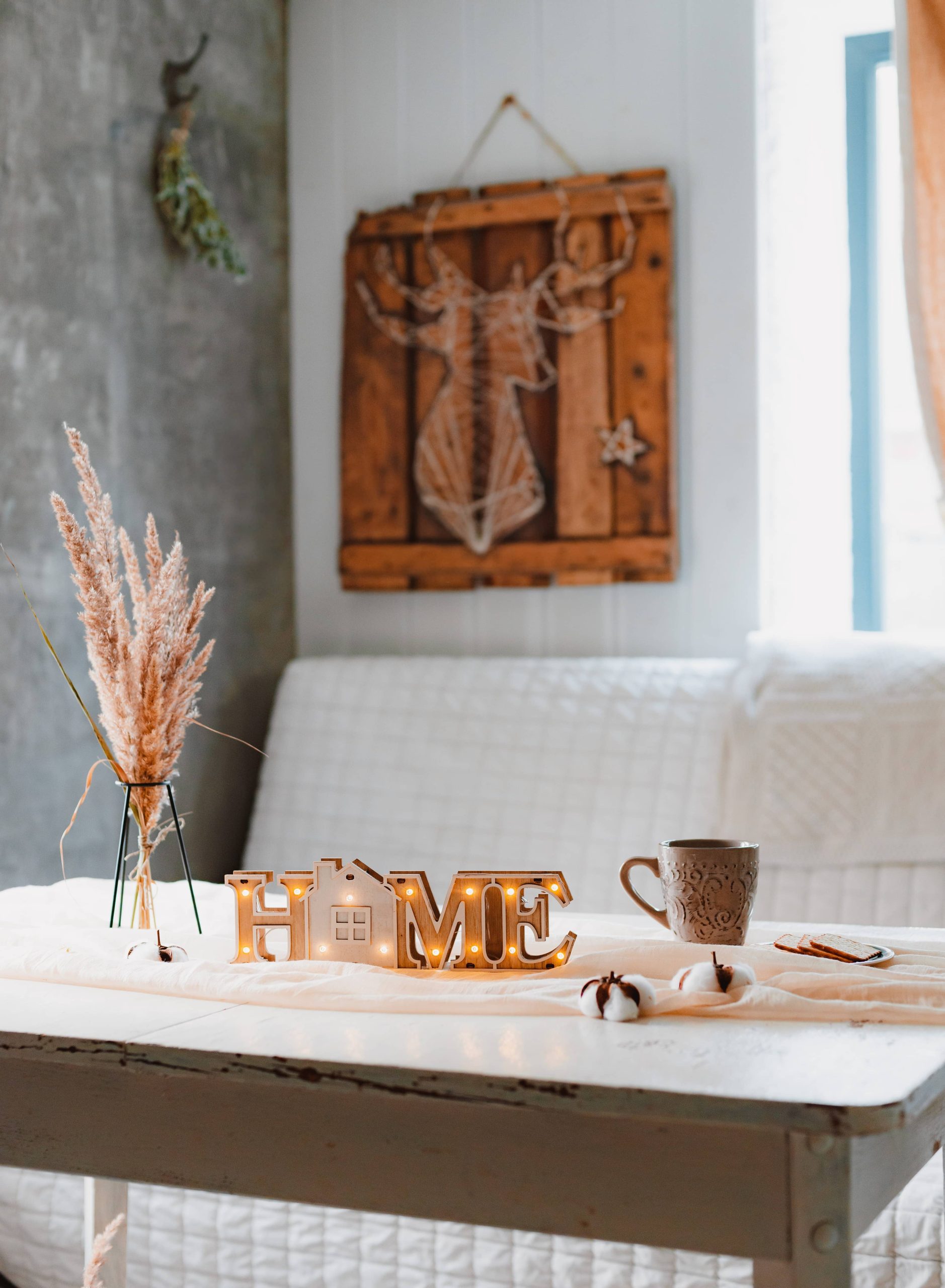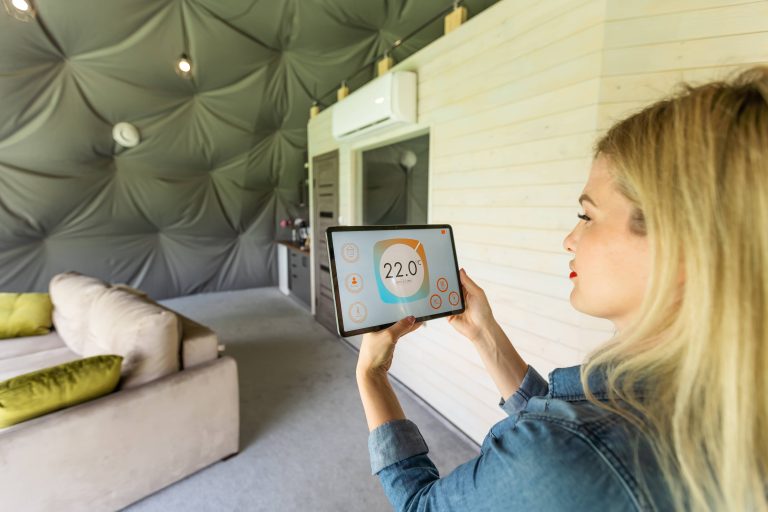
Creating a comfortable and inviting atmosphere in your home hinges significantly on good lighting. While the right furniture, color palette, and decor items set the stage, lighting brings the show to life. By identifying the optimal lighting solutions for each room, you can enhance functionality, mood, and aesthetic appeal, which is vital for any home interiors aficionado. Let’s explore the transformative power of lighting and learn how to illuminate every room to perfection.
Understanding Lighting Layers
Before we delve into room-specific lighting strategies, it’s crucial to grasp the concept of lighting layers. Successful interior lighting typically involves three layers:
1. Ambient Lighting: This is the general lighting that illuminates the entire room. It serves as the primary source of light, letting you navigate and perform basic activities safely.
2. Task Lighting: As the name suggests, this layer is designed to illuminate specific areas where activities such as reading, cooking, or working are performed.
3. Accent Lighting: Used to highlight architectural features, artwork, or decor elements, accent lighting adds depth and character to a space.
A well-lit room often incorporates all three types of lighting, each fulfilling a unique role within the design scheme.
Living Room: Balancing Comfort and Style
The living room is a place for relaxation, entertainment, and social gatherings, necessitating versatile lighting solutions. Begin with a central piece of ambient lighting, such as a ceiling fixture or a series of recessed lights that ensure an even spread of illumination.
Accentuate seating areas with floor or table lamps to create cozy pockets of light for reading or conversation. Dimmable options offer control over brightness, allowing you to set the mood as needed.
For accent lighting, consider using wall sconces or LED strip lights to highlight decorative features or artworks. Incorporating smart lighting technology can further enhance flexibility, enabling you to adjust the lighting intensity and color to suit different scenarios.
Kitchen: Functionality with Flair
In the kitchen, functionality takes precedence, necessitating bright, focused lighting solutions. A combination of recessed ceiling lights for ambient lighting and under-cabinet lights for task lighting can cater to work tasks such as chopping vegetables or reading recipes.
Pendant lights are particularly effective when positioned above kitchen islands or dining areas, providing both task lighting and a stylish design statement. Opt for models with dimmers to transition seamlessly from meal preparation to dining ambiance.
Incorporating LED strip lighting along the toe-kick boards can serve both as accent lighting and a functional guide in the dim evening hours. Consider energy-efficient bulbs to minimize power consumption without compromising brightness.
Bedroom: Serenity and Softness
The sanctuary of a bedroom demands a gentle, calming lighting approach. Main ambient lighting is best achieved through ceiling fixtures or softly diffused chandeliers. Make sure the light isn’t overly harsh—opt for warm tone LEDs to create a welcoming atmosphere.
Bedside lamps or wall-mounted sconces offer flexible task lighting, ideal for reading. Choose adjustable models to minimize glare and direct light precisely where needed.
To introduce a nuanced touch, consider some accent lighting, like a subtle light feature on a statement headboard or soft fairy lights to add a touch of whimsy and intimacy.
Bathroom: Clarity and Safety
Bathrooms require a delicate balance of practical task lighting and relaxing ambient light. Bright, even lighting is essential for tasks like shaving or makeup application. Consider layered lighting with an overhead fixture and sconces flanking the mirror to reduce shadows.
Dimmers allow for adjustment, perfect for transforming night-time bathroom visits into a softer experience, eliminating harsh light disruptions. An LED-lit mirror can serve as an unexpected yet functional accent, adding both elegance and usefulness.
Home Office: Productivity and Focus
For a productive home office environment, bright LED lighting closely resembling daylight is ideal, spurring focus and reducing strain on the eyes. Overhead ambient lighting should prevent shadows and foster an even distribution across the room.
Task lighting is critical here; desk lamps with adjustable arms and brightness levels offer precision, enabling spotlight functionality on work surfaces. If possible, position your desk to take advantage of natural light, supplementing with artificial light when needed.
Accent lighting might not be as crucial in your home office, but a strategically placed lamp or wall light can enhance the environment and promote inspiration.
Dining Room: Drama and Elegance
In the dining room, lighting should emphasize warmth and sociability. Chandeliers or pendant lights serve as the main ambient source, ideally positioned over the dining table to act as a focal point.
A dimmer switch is your best friend in dining spaces, facilitating transitions between casual family meals and more intimate dinner parties. Wall sconces around the perimeter can introduce additional layers of subtle accent lighting, enhancing the overall scheme without overpowering it.
Conclusion
By tailoring the lighting in each room to meet specific needs and evoke desired moods, you breathe life into your home’s decor scheme and exponentially enhance its functionality. Consider the purpose of each space, the activities within it, and the aesthetic you wish to project. Balancing ambient, task, and accent lighting allows you to create a harmonious environment that resonates with comfort and style, defining every corner of your home with its unique character.







